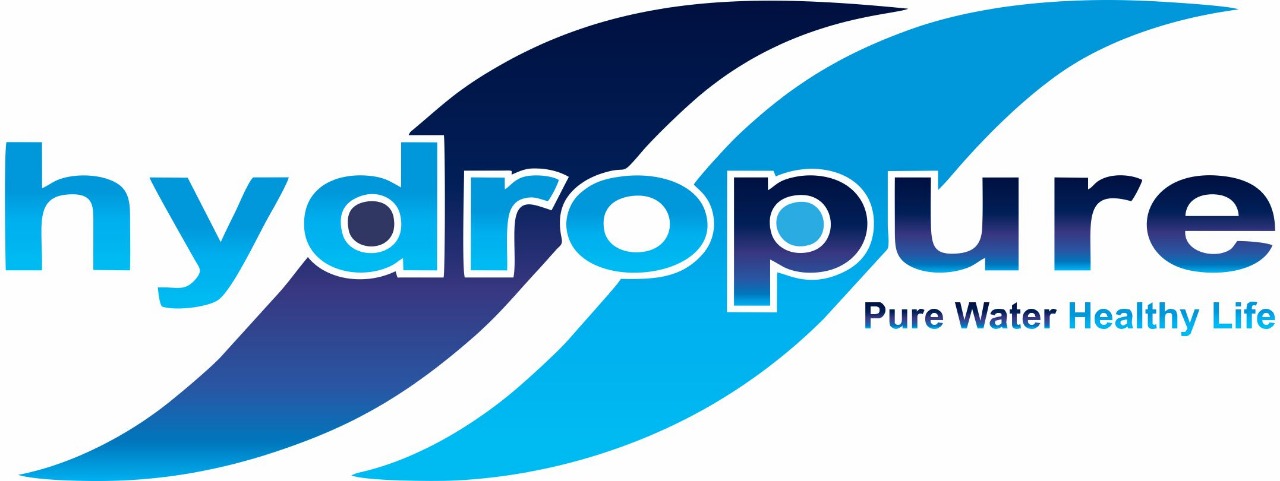WHAT IS ACID WATER?
 Acid water is water with a low pH, meaning that it’s more likely to corrode metal pipes and leach metals out of exposed surfaces. The pH of a solution is a measure of the activity of hydrogen ions (H+) in that solution. In practical terms, it’s a measurement of how acid or basic a solution is. The pH scale ranges from 0 to 14, with lower numbers being more acidic.
Acid water is water with a low pH, meaning that it’s more likely to corrode metal pipes and leach metals out of exposed surfaces. The pH of a solution is a measure of the activity of hydrogen ions (H+) in that solution. In practical terms, it’s a measurement of how acid or basic a solution is. The pH scale ranges from 0 to 14, with lower numbers being more acidic.
- 0 – 6.5 is Acidic
- 7 is Neutral
- 7.5 – 14 is Basic
In general, water with a pH that is lower than 7 is considered acid water, with lower numbers being increasingly acidic. Water with a pH that’s greater than 7 is considered basic, with higher numbers being increasingly alkaline. The normal range for pH in surface water systems is 6.5 to 8.5 and for groundwater systems 6 to 8.5. Alkalinity is a measure of the capacity of the water to resists a change in pH that would tend to make the water more acidic. The measurement of alkalinity and pH are both needed to determine the corrosiveness of the water.
To put the importance of pH into perspective, remember that the pH scale is logarithmic. Water with a pH of 8.0 is ten times more alkaline than water with a pH of 7.0, and water with a pH of 9.0 is 100 times more alkaline than a solution with a pH of 7.0.
SYMPTOMS OF ACID WATER
If your water has a low pH, meaning that you have high water acidity, you may see blue-green stains on your plumbing fixtures, faucets, and drains, as well as on bathtubs and sinks. Acid in water can even cause pinhole leaks in copper plumbing. Water that has a pH less than 6.5 could be acidic and corrosive. Acid water has the potential to leach metal ions, including iron, manganese, copper, lead, and zinc, from aquifers, plumbing fixtures, and piping. Because of its corrosive nature, this water could contain elevated levels of toxic metals, damage metal pipes. Many people also find that low pH water has a sour or metallic taste (because of the dissolved metals). It can also discolor laundry as well as plumbing fixtures.
WATER ACIDITY CAUSES
Acid water can be naturally occurring, or caused by a high level of dissolved oxygen. Acidic waters are typically low in buffering calcium minerals, but are high in dissolved carbon dioxide, which can cause the low pH or acidity.
ARE THERE ANY HEALTH CONCERNS?
The biggest health problem with acid water is related to copper pipes. Acid in water can dissolve some of the copper from the pipes, where it can be consumed in drinking water. While we all need a small amount of copper in our diets, long-term exposure to high amounts of copper in could cause serious health problems, including liver or kidney damage. Even short-term exposure can cause stomach problems, like nausea and vomiting.
ACTION LEVEL
You should address acid water issues if your water has a pH lower than 6.5.
HOW TO TREAT ACIDIC WATER
Acidic water is typically treated with a pH water filter that includes a water neutralizer. There are two ways of neutralizing water acidity:
- Whole House pH Balancing Filters – Calcite the most common material used as a water neutralizer. We actually use Georgia Marble, which is the absolute best form of calcite. It’s a natural mineral, also known as calcium carbonate; in some cases, magnesium oxide (sometimes called Corsex) is also used. When water flows through the calcite or magnesium oxide in the water filter, the mineral is dissolved into the water and make it less acidic. This type of filter works best on water that has a pH of 5.5 or higher. This type of pH balancing filter is simple to use, but the pH level may vary with the amount of time the water is in contact with the calcite. Calcite also makes the water harder, so you may need a water softener as part of your treatment system.
- Proportional pH Balancing Injection Systems – The second method for treating acid water works better on very low pH water but is also more costly. A proportional injection system uses a chemical feed pump to inject a precise amount of water neutralizer solution into the water. This type of system typically uses a form of soda ash (a form of sodium carbonate). A proportional neutralization system assures that the pH is uniform regardless of flow rate and does not add any hardness back to the water. This method is desirable if you do not want to add hardness back to the water.

